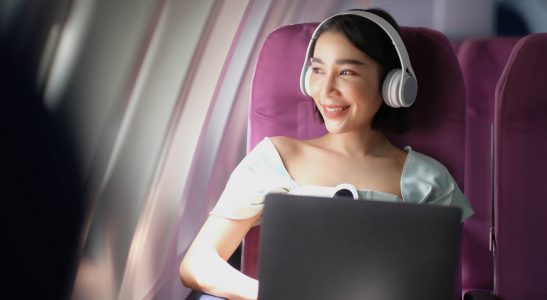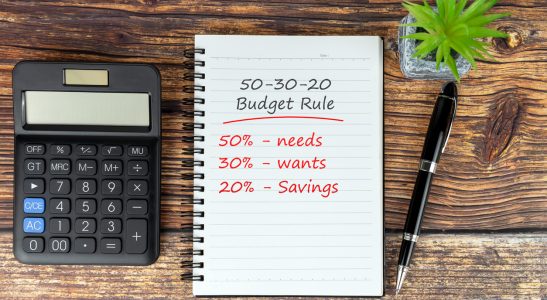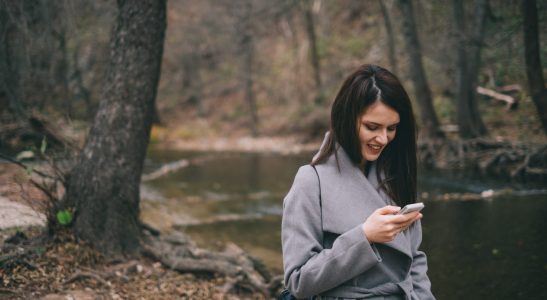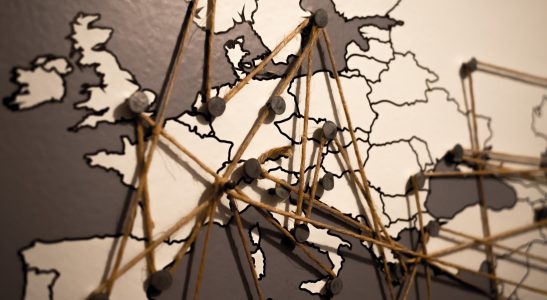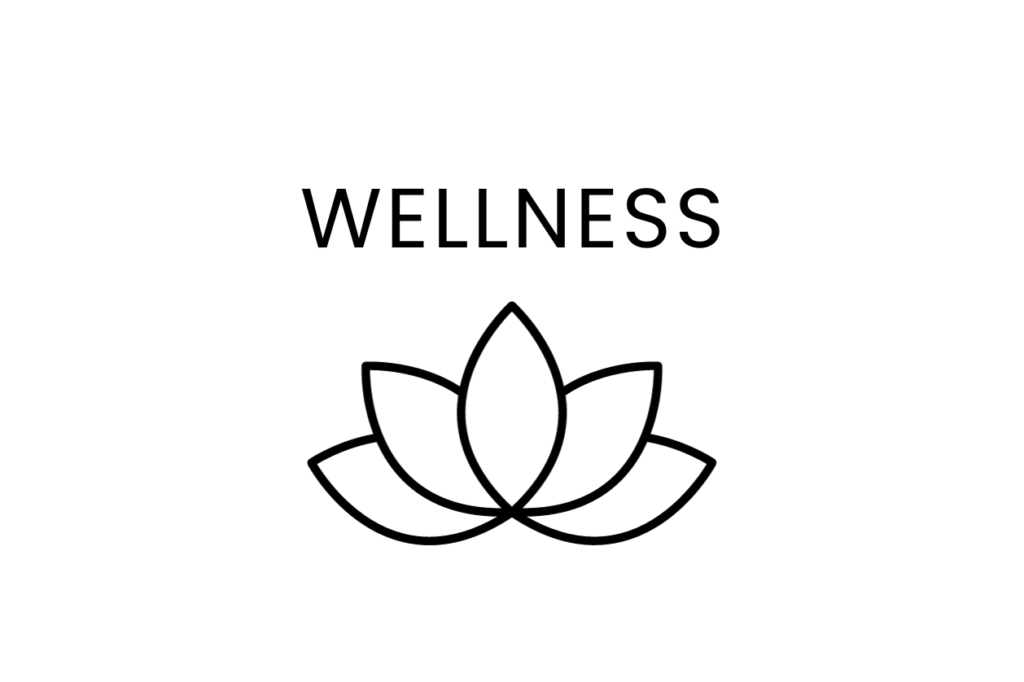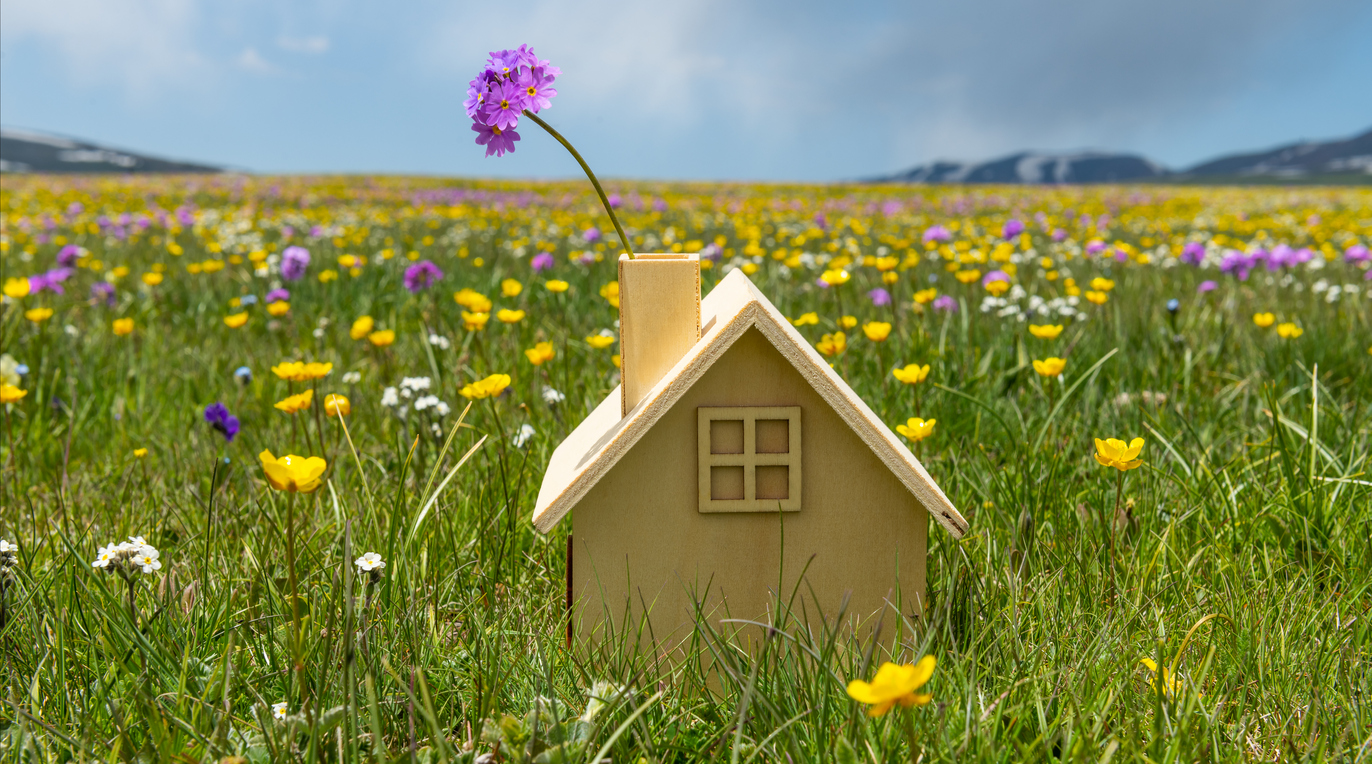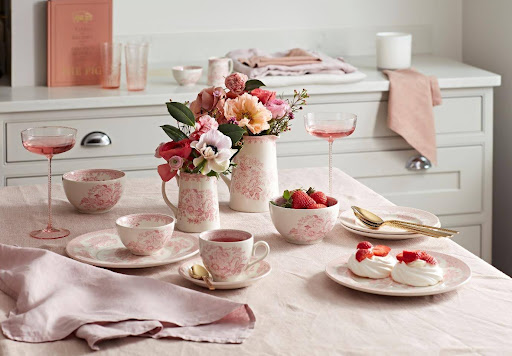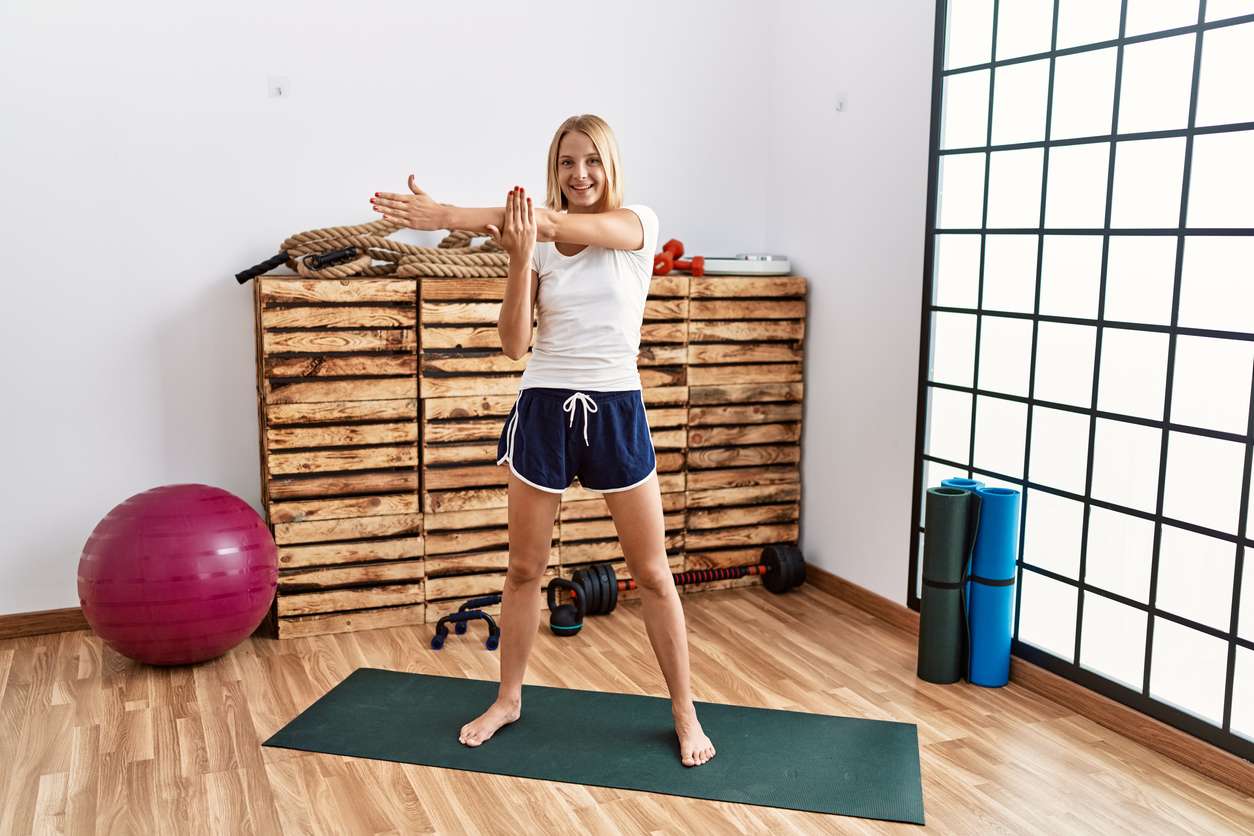Paula, from HireAHelper.com share her essential tips for setting up a vegetable patch in your garden or yard at home.
Paula, from HireAHelper.com share her essential tips for setting up a vegetable patch in your garden or yard at home.
Meta: Setting up a vegetable garden at home is simple. Follow our easy tips to harvest fresh veggies right from your backyard.
Tips For Setting Up A Vegetable Patch At Home
Sustainable Living | 13th March 2023 by Paula Hernandez

Photo by Zoe Schaeffer on Unsplash
Setting up a vegetable garden at home is simple. Follow our easy tips to harvest fresh veggies right from your backyard.
As sustainability and environmental responsibility become more and more part of our daily consciousness, the popularity of home vegetable gardens has skyrocketed. For a good reason, too. Having a vegetable patch makes you less vulnerable to wild fluctuations in grocery prices while encouraging you to eat healthier, spend more time outside, learn about agriculture and benefit from a kitchen garden.
Not to mention, having a veggie patch paints a quaint picture that’s hard to resist! Below, we’ll dig into the various things you need to know to end the growing season with a flourishing vegetable patch.
Choose a suitable garden space
There’s more to consider when choosing the perfect spot for your vegetable garden than just where the most convenient place is — below are the most critical considerations:
- Sun — Most vegetables or fruit plants need a hearty amount of sun to get enough energy to grow well and give you an excellent harvest. Not all vegetable plants need full sun all day. However, some do, like tomatoes. The best spot for your garden is one that gets sun in the afternoon but shade in the morning or evening.
- Shelter — The tricky part of choosing a place that gets enough sun is that your plants also need to be sheltered from the elements. Too much exposure to wind or harsh rain storms means your veggies will spend their energy recovering instead of peacefully growing.
- Rain — Rain is a gardener’s best friend, as long as your area isn’t prone to many wild rainstorms during the growing season. Vegetable plants can take a battering from the rain, but if it’s too frequent, you’ll find that they likely won’t produce a good harvest.
If your vegetable patch is small enough, you may want to consider a suitable cover for it made of greenhouse plastic.
Another great way to use rainfall to your advantage is to set up a catchment system, which can be as simple as setting out a rain barrel. That way, during sunnier days, you can use rainwater to quench your thirsty garden, making your home more environmentally friendly.
- Drainage — Drainage is something that many newer gardeners overlook, but it’s just as important as any of the above factors. Your garden needs water, but it also needs to be able to drain excess water. Otherwise, your roots will end up sitting in water, which encourages root rot.
A layer of coarse soil along the bottom of your vegetable patch, or even gravel, will prevent water from pooling and let your garden drain properly.
Design and prepare your patch
Even if you only want a small garden with 5 or 6 vegetables, it’s still worth it to take some time to plan it out before you get digging.
- Make a list of the veggies you want to grow. You might need more space if your list is long or if there’s room to grow more of your favourite items.
- Don’t forget about your friendly local pollinators. Bees and other pollinators are critical to healthy gardens, so add plants they love. These will vary based on your region, but you can check out our handy list of pollinator tips.
- Check to see if any plants work particularly well together. Companion planting is an easy way to give your veggies an extra leg up. Certain plants thrive when they’re planted close to others — for example, carrots like being next to chives, and tomatoes like being next door to basil.
- Don’t try to fit too much in. Overcrowding your garden won’t result in a bigger harvest. Rather, you’ll end up with some plants dying off and others growing smaller because they compete for nutrients. Each seed packet or plant label will have recommendations for those plants.

Get your soil ready
Great soil is key to healthy plants. If you live in an area with rich growing soil, you might have minimal prep to do. However, if you’re in a residential development or an area with naturally sandy soil, here are some things you can do to prep your vegetable patch for success:
- Soil type — Dig down a shovel length or two and turn over the soil. Take a look at its colour, texture, and composition. You can even put some in a small plastic bag and take it to your local garden centre. The experts there will be able to tell you what type it is and what you’ll need to do to grow vegetables.
- pH level — Most vegetables need moderate soil pH to thrive. These test kits can be ordered online and are quick and easy to use. You’ll get immediate results and know what additives are needed to adjust your soil pH to the optimal level.
- Compost layer — Putting down a compost layer under your topsoil is a great way to give your plants nutrients naturally. As the growing season progresses, that compost breaks down and gently feeds your plants. The bonus is that you’ll have to use less fertilizer, and you can even use yard waste.
Just be careful not to put things like grass clippings or weeds in your compost layer — you don’t want them growing up through and stealing the water and nutrients meant for your veggies. Fallen leaves are another excellent compost layer.
- Topsoil — Finally, your topsoil! You’ll have to buy this from a garden centre unless you live in a location with plentiful rich, black soil. Talk with a garden centre employee, and they’ll let you know which blend will be best for the types of veggies you’ll be growing.
Plan your planting
Before you get gardening fever and put a shovel to soil, there are a few things you can do first:
- Research what agricultural zone you’re in. This step will let you know what time of year to plant and when you can expect to harvest. Planting too early means your veggies risk getting frost damage, which can ruin a whole vegetable patch.
- Buy seeds ahead of time. Once late springtime hits, certain seeds will get harder to find as all the local gardeners rush to get seeds and starter plants. Grab yours early to beat the rush.
- Make a calendar of when each plant should go into the ground. Once you have your chosen plants figured out, research what time of year to plant in your zone. You’ll find this info very specific, and we recommend following it as closely as possible for the best results.
- Start some inside. Certain plants, like onions and kale, can be started inside for as many as six weeks before they get planted outside. Each seed packet will have directions on when to start them.
Bonus points for keeping your seeds organised for next year by getting a binder with plastic pages that have pockets, and labelling each of your seeds!
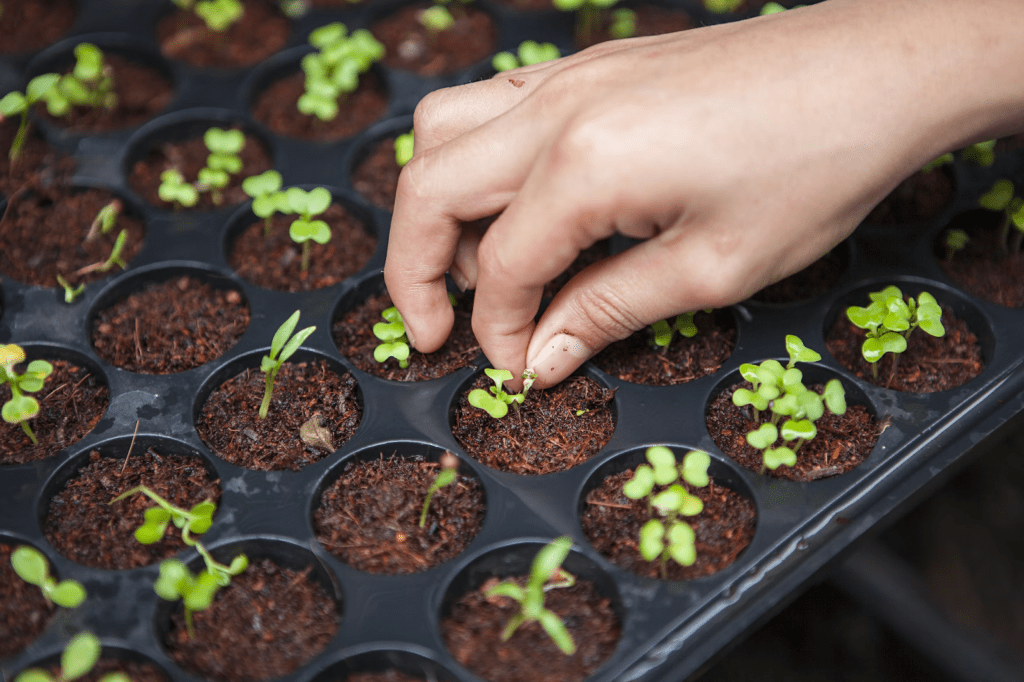
Photo by Joshua Lanzarini on Unsplash
Take care of your vegetable patch
Once you’ve done all the hard work to get your vegetable patch in the ground, it’s time to enjoy maintaining it throughout the growing season. Here are the best things you can do to ensure a bountiful harvest:
- Check your garden daily. Not only is it extremely satisfying to see your plant babies growing by the day, but you can also keep an eye out for anything that might be going wrong so you can nip it in the bud.
- Be vigilant about weeding. Weeds are stealing valuable nutrients that your vegetables need. Keep an eagle eye out and get those weeds out ASAP.
- Keep an eye out for critters that might want to steal your precious harvest. Depending on your area, deer, raccoons, rabbits, squirrels, and even bears can wreak havoc on your vegetable patch. If you’re noticing nighttime veggie thievery, consider a fence for your garden.
- Watch for signs of pests, fungus, mould, and blight. Any discolouration, spots, black leaves, or visible insects is cause for concern. The most common issues will vary by region, so make a hasty trip to a local nursery if you see any of the above.
Planting a vegetable patch at home is a rewarding goal you can enjoy while living solo. Spending time in nature is great for your physical and mental health, and the joy of harvesting in the late summer or early fall is a beautiful feeling!
Share this post:
Hear from Solo Living now and then by signing up to our mailing list

